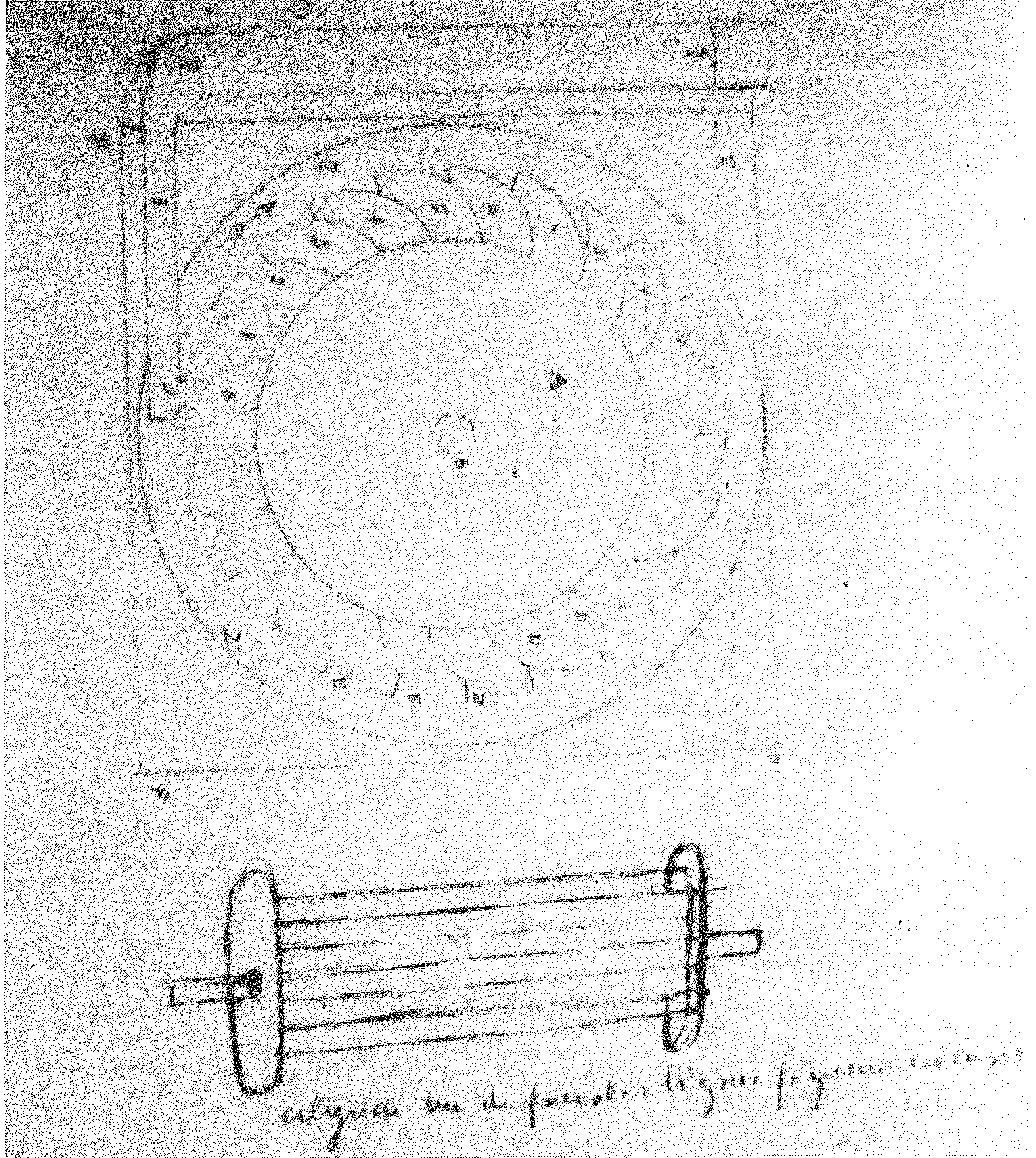J. Laffitte to Faraday 15 March 18541
3 Arabella rou [sic] Pimlico | London 15 mars 1854
Monsieur Faraday à Londres
Il y a environ 12 ans que j’eus l’honneur d’etre introduit auprès de vous par Monsieur Lubbock2.
Depuis cette époque, ayant quitté Londres, je n’ai pu continuer d’avoir le plaisir de me présenter chez vous.
Maintenant un voyage d’affaires m’ayant appelé en Angleterre, je prends la liberté de soumettre à votre jugement eclairé, l’idée d’un nouveau moteur, pour lequel nous avons pris un brevet en france.
Pour ne pas abuser de vos moments, j’ai fait un résumé aussi succint que possible & si vous pensez que cette idée puisse présenter des résultats ecrites, je serai heureux de vous communiquer des détails plus circonstanciés & de solliciter vos conseils & votre patronage pour me diriger dans son application
Je suis Monsieur | avec un profond respect | Votre très dévoué | J Laffitte

L’air introduit dans l’eau tendant toujours a s’élever, agit de toute sa force ascensionnelle contre les obstacles qu’il rencontre.
Voilà l’idée & voici son application.
A Un cylindre tournant sur un axe horizontal est garni de cases demi cylindriques dans toute sa longueur: il est renfermé dans une boite remplie d’eau.
I Au dessous de cette boite est introduit un tube dont l’ouverture est placée sous le cylindre & vis à vis la case n° 1[.] En supposant que cette case soit de la contenance d’un litre d’air elle eprouve la force d’un kilo & donne un mouvement de rotation au cylindre qui présente alors les autres cases, alternativement à l’orifice du tube. Par leur position sur le cylindre 10 de ces cases eprouvent l’effet de la force motrice augmentée par l’extension de l’air.
Ainsi après le 1er tour un tube d’air produit 15 K° de force. Le souffle d’un homme dans le tube I suffit pour produire ce resultat, qui peut etre augmenté 5 fois plus au moyen d’un levier & d’un excentrique & donner un pouvoir de 75 k°.
L’introduction de l’air par des soufflets à double vent placés dans les cotés de la boite & fonctionnants tous seuls après avoir été chargés en commencant [sic] est l’affaire de la mécanique & d’une application facile.
Ce que nous soumettons à vos lumières c’est l’introduction de l’air dans l’eau comme moteur.
Address: M. Faraday Esq | Royal Institution | Albermarle St 21 | London
TRANSLATION
3 Arabella Road, Pimlico | London 15 March 1854
Mr Faraday in London
About 12 years ago I had the honour of being introduced to you by Mr Lubbock3.
Since that time, having left London, I was unable to continue to have the pleasure of meeting you.
Now that business affairs have brought me to England, I take the liberty of submitting to your enlightened judgement the idea of a new motor, for which we have taken out a patent in France.
In order not to waste your time, I have made as brief as possible a summary & if you think that this idea can present useful results, I will be happy to send you more details & to seek your advice & your patronage to direct me in its application.
I am Sir | with profound respect | Your most devoted | J Laffitte
Air introduced into water tends always to rise, and acts with all its ascending force against obstacles that it meets.
There is the idea & here is its application.
A A cylinder turning on a horizontal axis is surrounded by semi-cylindrical cases along its entire length: it is enclosed in a box filled with water.
I Below this box is introduced a tube of which the opening is placed below the cylinder & facing case n° 1. Supposing that this case has the capacity of 1 litre of air, it will sustain the force of one kilo & give a movement of rotation to the cylinder which will then, in turn, present other cases to the opening of the tube. By their position on the cylinder 10 of these cases will experience the effect of the force of movement increased by the extension of the air.
Thus after the first turn a tube of air can produce 15kg of force.
A mere human breath in tube I would be enough to produce this result, which can be increased 5 times more by means of a lever & an eccentric & give a power of 75k°.
The introduction of air through bellows with a double vent, placed in the corners of the box and working by themselves having been charged to start with, is a mechanical affair and can easily be sorted out.
What we submit to your judgement is the introduction of air into water as a motor.
Please cite as “Faraday2812,” in Ɛpsilon: The Michael Faraday Collection accessed on